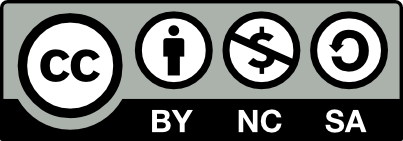Anti-snake venom dosage administered to snake bite victims at the National Poisoning Control Center (NPCC) in Karachi, Pakistan.
Main Article Content
Abstract
Objective: To determine the minimum and maximum doses of ASV provided in various cases of snake bites based on the severity of the bite and the amount of time passed between bite and hospital presentation.
Methodology: Data from 99 snakebite cases between September and December 2023 were examined retrospectively at the National Poison Control Center (NPCC), Jinnah Postgraduate Medical Centre (JPMC), Karachi, focusing on ASV dosage, severity categorization (mild, moderate, severe, and very severe), and time intervals from bite to ASV admin-istration (ranging from very early to extremely late).
Results: The study found a statistically significant relationship between the severity of envenomation and the ASV dos-age used, with a moderate to strong level of connection. Mild cases often required lower ASV dosages (50-150ml), but severe cases required highly varied and occasionally extensive dosing of up to 1500ml. Early presenters often got mod-erate ASV doses (150ml), whereas very late presenters (>72 hours) frequently required greater dosages.
Conclusion: This work adds to the empirical evidence for severity-based ASV dosing techniques and suggests combin-ing real-time data monitoring with the update of worldwide standards to meet the local epidemiological and health-care setting.
Key words: Anti Snake Venom (ASV), Envenomation, Retrospective Study, Public Health
Downloads
Article Details

This work is licensed under a Creative Commons Attribution-NonCommercial-NoDerivatives 4.0 International License.
Journal of Muhammad Medical College (J Muhammad Med Coll) belief that all researches are basically conducted for the benefit of humanity. Research is the product of an investment by society and consequently its fruits should be returned in a transparent fashion to all humankind without any discrimination.
Journal of Muhammad Medical College is an open access journal which means that all content is freely available without charge to users or / institution. When used non-commercially all users are allowed to read, download, copy, distribute, print, search, or link to full text articles in this journal without asking prior permission from the publisher or author as long as original author(s) are acknowledged.
Journal of Muhammad Medical College operate under Creative Common License CC-BY-SA that allow reproduction of articles free of charge, for non-commercial use only and with the appropriate citation information. All authors publishing with Journal of Muhammad Medical College accept these as the terms of publication.

This work is licensed under a Creative Commons Attribution-NonCommercial-ShareAlike 4.0 International License